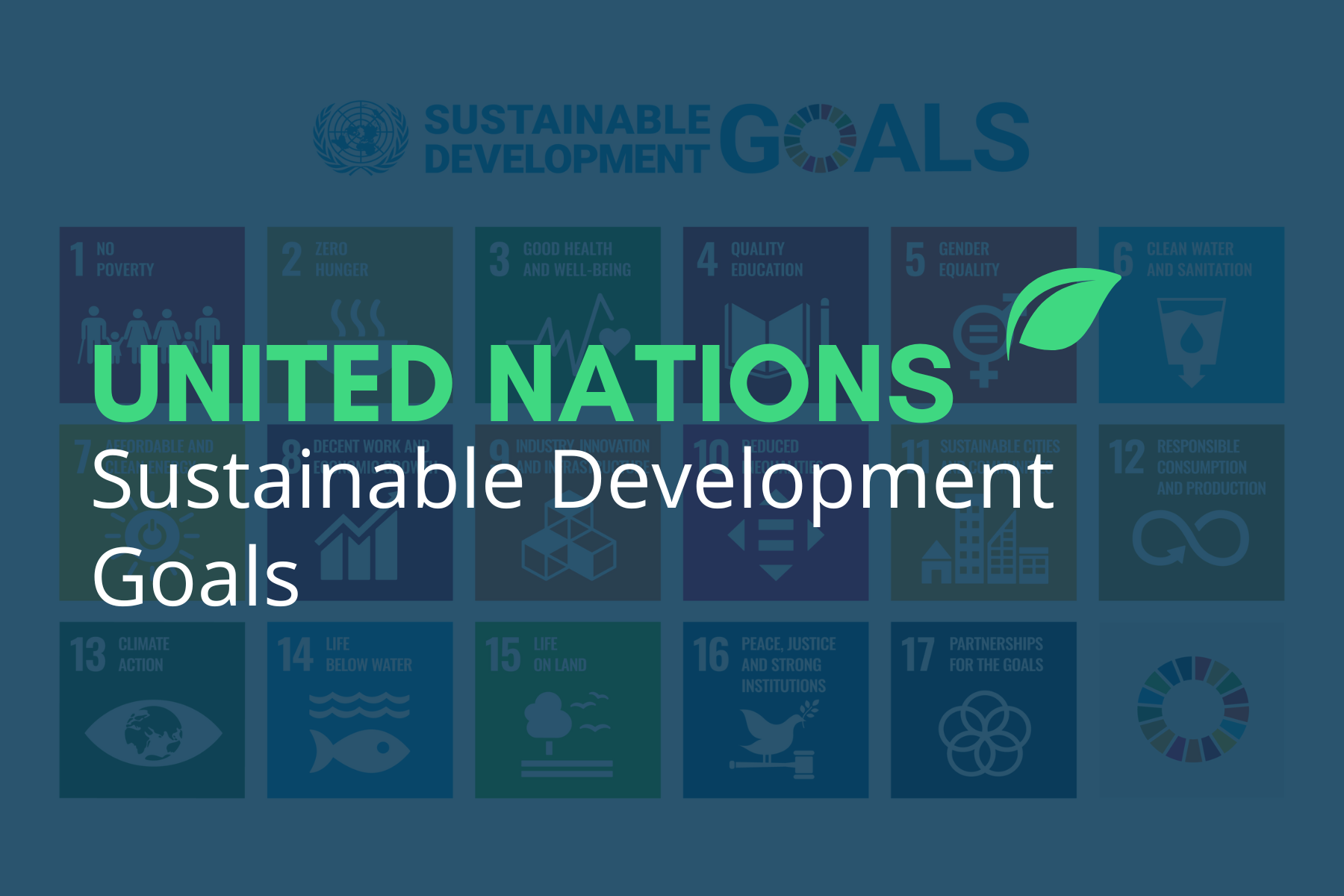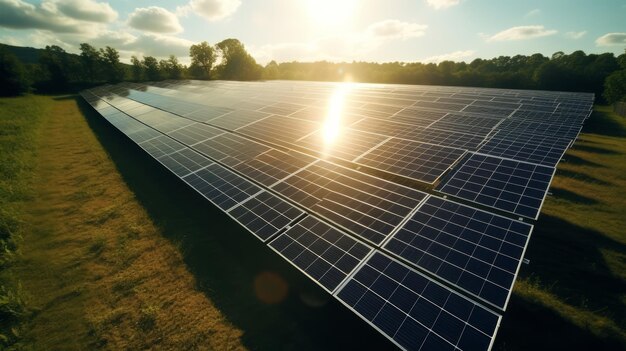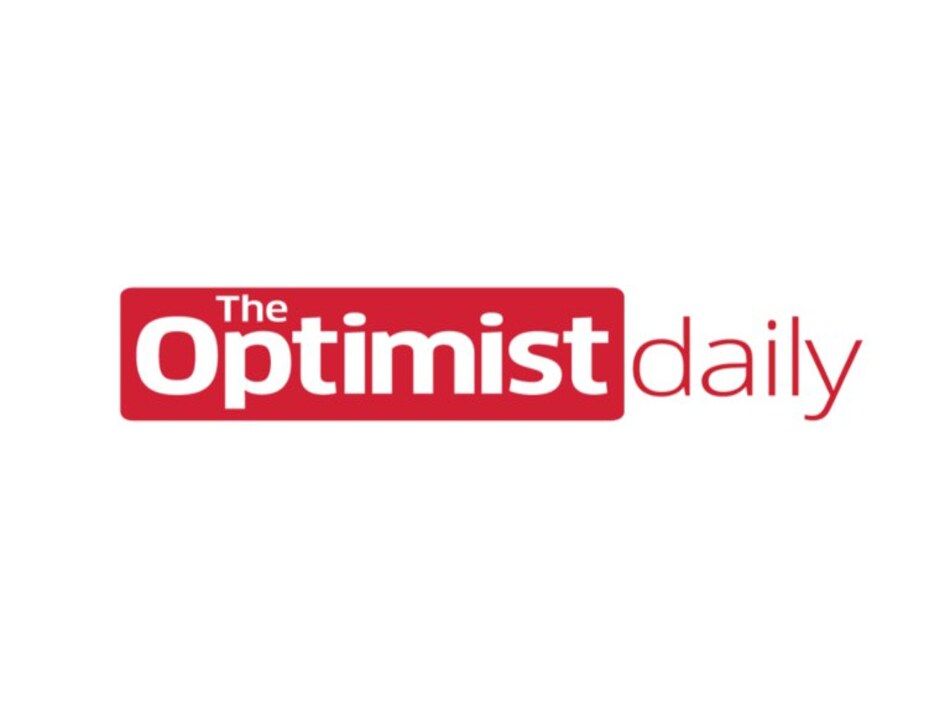
Unlocking the Future: A Beginner’s Guide to the 17 UN Sustainable Development Goals (SDGs)
Imagine a world where no one goes hungry, everyone has access to quality education, and our planet thrives. Sounds like a dream, right? What if we told you that the international community, through the United Nations, has actually created a universal blueprint to achieve exactly that? This blueprint is known as the Sustainable Development Goals (SDGs), and they are arguably the most ambitious and comprehensive plan ever devised for a better world.
In this long, beginner-friendly guide, we’ll break down everything you need to know about the 17 UN Sustainable Development Goals. We’ll explore what they are, why they matter, and how each of us plays a role in making them a reality.
What Exactly Are the Sustainable Development Goals (SDGs)?
The Sustainable Development Goals (SDGs), also known as the Global Goals, are a collection of 17 interconnected goals designed to be a "blueprint to achieve a better and more sustainable future for all." They were established in 2015 by the United Nations General Assembly and are intended to be achieved by the year 2030. This overarching plan is often referred to as Agenda 2030.
Think of them as a universal call to action to end poverty, protect the planet, and ensure that all people enjoy peace and prosperity. Unlike their predecessors, the Millennium Development Goals (MDGs), the SDGs are unique because they:
- Apply to ALL countries: Rich, poor, and middle-income – everyone has a role to play.
- Are universal: They address challenges faced by every nation.
- Are interconnected: You can’t achieve one goal in isolation; they all influence each other.
- Are ambitious: They aim for truly transformative change.
Why Are the SDGs So Important?
You might wonder why we need these big, global goals. Here’s why the SDGs are absolutely crucial for our future:
- A Shared Vision: They provide a common language and a unified roadmap for countries, organizations, businesses, and individuals to work together on the world’s most pressing challenges.
- Addressing Interconnected Problems: The world’s problems aren’t isolated. Poverty can lead to hunger, lack of education can hinder economic growth, and climate change affects everything. The SDGs recognize these links and encourage holistic solutions.
- Leaving No One Behind: A core principle of the SDGs is ensuring that progress benefits everyone, especially the most vulnerable and marginalized populations.
- Long-Term Thinking (Sustainability): The "sustainable" part is key. It means meeting the needs of the present without compromising the ability of future generations to meet their own needs. The SDGs push us to think about the long-term health of our planet and society.
- Accountability and Action: With specific targets and indicators for each goal, the SDGs provide a framework for tracking progress, identifying gaps, and holding governments and other actors accountable for their commitments.
- Mobilizing Resources: They help direct funding, innovation, and human effort towards the areas where they are most needed, fostering global partnerships.
A Closer Look at Each of the 17 Sustainable Development Goals (SDGs)
Let’s dive into each of the 17 Global Goals and understand what they aim to achieve:
SDG 1: No Poverty
- What it means: This goal aims to end poverty in all its forms everywhere. Poverty isn’t just about a lack of money; it’s also about a lack of access to basic services like food, clean water, healthcare, and education.
- Why it’s important: Poverty is a root cause of many other global issues. Ending it means ensuring everyone has a chance at a dignified life.
SDG 2: Zero Hunger
- What it means: This goal seeks to end hunger, achieve food security, improve nutrition, and promote sustainable agriculture. It’s about ensuring everyone has enough nutritious food and that our food systems are resilient and environmentally friendly.
- Why it’s important: Food is a basic human right. Hunger impacts health, education, and economic development.
SDG 3: Good Health and Well-being
- What it means: This goal aims to ensure healthy lives and promote well-being for all at all ages. It covers everything from reducing maternal and child mortality to fighting diseases, promoting mental health, and ensuring access to essential medicines.
- Why it’s important: Healthy people are the foundation of healthy societies and economies.
SDG 4: Quality Education
- What it means: This goal is about ensuring inclusive and equitable quality education and promoting lifelong learning opportunities for all. It focuses on access to education from early childhood to higher education, as well as vocational training and skills for employment.
- Why it’s important: Education empowers individuals, reduces inequalities, and is critical for sustainable development.
SDG 5: Gender Equality
- What it means: This goal aims to achieve gender equality and empower all women and girls. It addresses issues like discrimination, violence against women, equal pay, and equal participation in decision-making.
- Why it’s important: Gender equality is not only a fundamental human right but also a necessary foundation for a peaceful, prosperous, and sustainable world.
SDG 6: Clean Water and Sanitation
- What it means: This goal is about ensuring availability and sustainable management of water and sanitation for all. It covers access to safe drinking water, adequate sanitation facilities, and protecting water-related ecosystems.
- Why it’s important: Water is essential for life, health, and economic development. Lack of sanitation leads to disease and environmental pollution.
SDG 7: Affordable and Clean Energy
- What it means: This goal aims to ensure access to affordable, reliable, sustainable, and modern energy for all. It promotes renewable energy sources like solar and wind power, and energy efficiency.
- Why it’s important: Energy powers economies and improves quality of life, but traditional fossil fuels contribute to climate change. Clean energy is vital for a sustainable future.
SDG 8: Decent Work and Economic Growth
- What it means: This goal focuses on promoting sustained, inclusive, and sustainable economic growth, full and productive employment, and decent work for all. It includes fair wages, safe working conditions, and an end to child labor.
- Why it’s important: Sustainable economic growth can lift people out of poverty, but it must be inclusive and provide dignified opportunities for everyone.
SDG 9: Industry, Innovation, and Infrastructure
- What it means: This goal aims to build resilient infrastructure, promote inclusive and sustainable industrialization, and foster innovation. It’s about developing reliable transport, communication, and energy systems, and encouraging technological progress.
- Why it’s important: Strong infrastructure and innovation are crucial for economic development and addressing societal challenges.
SDG 10: Reduced Inequalities
- What it means: This goal is about reducing inequality within and among countries. It addresses disparities based on income, sex, age, disability, race, ethnicity, origin, religion, or economic or other status.
- Why it’s important: High levels of inequality can harm economic growth, social cohesion, and political stability.
SDG 11: Sustainable Cities and Communities
- What it means: This goal aims to make cities and human settlements inclusive, safe, resilient, and sustainable. It addresses issues like affordable housing, public transport, green public spaces, and disaster risk reduction.
- Why it’s important: With more than half the world’s population living in urban areas, sustainable cities are vital for a sustainable planet.
SDG 12: Responsible Consumption and Production
- What it means: This goal is about ensuring sustainable consumption and production patterns. It encourages reducing waste, recycling, using resources efficiently, and promoting sustainable business practices.
- Why it’s important: Our current consumption patterns are unsustainable and deplete natural resources. This goal aims to shift us towards a more circular economy.
SDG 13: Climate Action
- What it means: This goal aims to take urgent action to combat climate change and its impacts. It calls for reducing greenhouse gas emissions, adapting to climate change impacts, and strengthening resilience.
- Why it’s important: Climate change is a global emergency that affects every aspect of life on Earth. Urgent action is needed to protect our planet.
SDG 14: Life Below Water
- What it means: This goal focuses on conserving and sustainably using the oceans, seas, and marine resources for sustainable development. It addresses marine pollution, overfishing, and ocean acidification.
- Why it’s important: Oceans are vital for life on Earth, providing food, regulating climate, and supporting biodiversity.
SDG 15: Life on Land
- What it means: This goal aims to protect, restore, and promote sustainable use of terrestrial ecosystems, sustainably manage forests, combat desertification, halt and reverse land degradation, and halt biodiversity loss.
- Why it’s important: Healthy ecosystems provide essential services like clean air and water, and support all life on Earth.
SDG 16: Peace, Justice, and Strong Institutions
- What it means: This goal is about promoting peaceful and inclusive societies for sustainable development, providing access to justice for all, and building effective, accountable, and inclusive institutions at all levels. It addresses violence, corruption, and human rights.
- Why it’s important: Peace, justice, and good governance are fundamental for development and well-being.
SDG 17: Partnerships for the Goals
- What it means: This goal is about strengthening the means of implementation and revitalizing the global partnership for sustainable development. It emphasizes collaboration between governments, the private sector, civil society, and individuals.
- Why it’s important: None of the other goals can be achieved without strong global cooperation and partnerships. It’s the "how" we get things done.
The "5 Ps" of Sustainable Development: A Guiding Framework
To make the SDGs easier to understand and remember, the UN often groups them under five core pillars, often called the "5 Ps":
- People: Ending poverty and hunger in all their forms and dimensions, and ensuring that all human beings can fulfil their potential in dignity and equality and in a healthy environment. (SDGs 1, 2, 3, 4, 5, 6)
- Planet: Protecting our planet from degradation, including through sustainable consumption and production, sustainably managing its natural resources and taking urgent action on climate change, so that it can support the needs of the present and future generations. (SDGs 6, 12, 13, 14, 15)
- Prosperity: Ensuring that all human beings can enjoy prosperous and fulfilling lives and that economic, social and technological progress occurs in harmony with nature. (SDGs 7, 8, 9, 10, 11)
- Peace: Fostering peaceful, just and inclusive societies which are free from fear and violence. There can be no sustainable development without peace and no peace without sustainable development. (SDG 16)
- Partnership: Mobilizing the means required to implement this Agenda through a revitalised Global Partnership for Sustainable Development, based on a spirit of strengthened global solidarity, focused in particular on the needs of the poorest and most vulnerable and with the participation of all countries, all stakeholders and all people. (SDG 17)
These five areas highlight the integrated nature of the SDGs and emphasize that sustainable development requires balancing social, economic, and environmental needs.
How Can We Achieve the SDGs? It’s a Collective Effort!
Achieving the 17 SDGs by 2030 is an enormous task, but it’s not impossible. It requires a truly global effort involving every level of society:
- Governments: Play a crucial role by creating policies, laws, and budgets that align with the SDGs, investing in public services, and cooperating internationally.
- Businesses and the Private Sector: Can drive innovation, adopt sustainable practices, create decent jobs, and develop products and services that contribute to the goals.
- Civil Society Organizations (NGOs) and Academia: Are vital for advocacy, research, monitoring progress, and implementing projects on the ground.
- Individuals: Yes, YOU! Your daily choices, actions, and advocacy make a difference.
What Can YOU Do to Support the SDGs?
You don’t need to be a world leader to contribute. Here are simple ways you can help:
- Educate Yourself and Others: Share your knowledge about the SDGs with friends, family, and your community.
- Make Sustainable Choices:
- Reduce, Reuse, Recycle: Cut down on waste.
- Conserve Energy: Turn off lights, use energy-efficient appliances.
- Conserve Water: Take shorter showers, fix leaks.
- Eat Sustainably: Reduce food waste, consider plant-based meals, support local and ethical food producers.
- Choose Sustainable Products: Look for products with eco-labels or from companies committed to sustainability.
- Support Ethical Businesses: Shop from companies that prioritize fair labor practices, environmental protection, and social responsibility.
- Advocate for Change: Contact your elected representatives, sign petitions, and support organizations working on SDG-related issues.
- Volunteer or Donate: Give your time or resources to local or international initiatives aligned with the SDGs.
- Vote Wisely: Support leaders who are committed to sustainable development and addressing global challenges.
Beyond 2030: The Road Ahead
While 2030 is the target year for achieving the SDGs, the journey for sustainable development doesn’t end there. The Global Goals represent a fundamental shift in how we approach global challenges. They are a continuous commitment to build a more just, peaceful, and prosperous world for everyone, now and for generations to come.
The SDGs remind us that we are all interconnected, and our actions have a ripple effect. By understanding and embracing these goals, we empower ourselves to be part of the solution, creating a future that truly works for all people and our precious planet.
Ready to make a difference? Start by picking one SDG that resonates with you and learn more about how you can contribute to its success in your daily life!



Post Comment